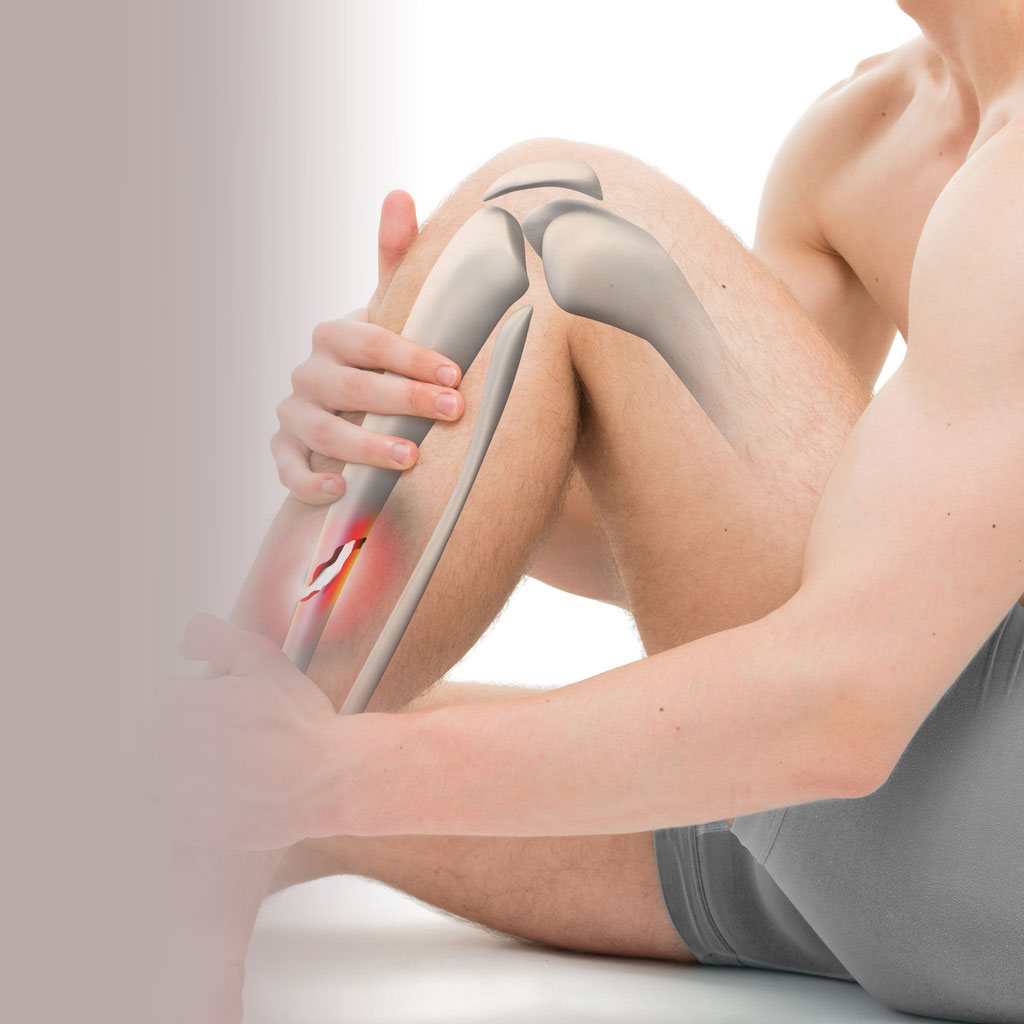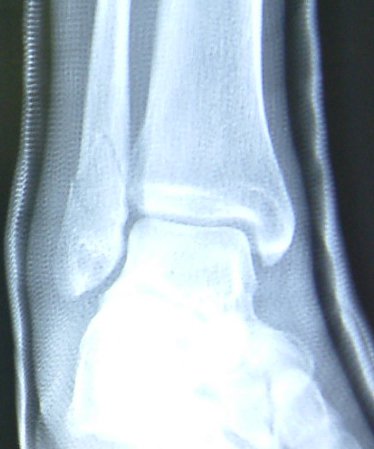

Tape each bag with duct tape at the top end or use rubber bands. When bathing, protect the cast or splint with 2 large plastic bags.

Common fibular nerve entrapment is the most prevalent entrapment neuropathy of the lower extremity. Just lateral and posterior to the fibular neck runs the common fibular nerve (also known as the common peroneal nerve), which may become entrapped after trauma, direct injury or during its course near the fibular head.

The proximal end of the fibula has a slightly enlarged prominence which contains a facet that articulates with the lateral condyle of the tibia. Additionally, the absence of a lateral malleolus destabilizes the mortise in valgus.

This is usually diagnosed at birth when limb-length discrepancy and lack of digits are noted. This causes partial or complete absence of the fibula. This may be a more accurate alternative to the current methods of counting ossification centers or viewing hand/wrist or knee radiographs as means of estimating infant bone age.įibular hemimelia or fibular hypoplasia-aplasia is the most frequent long bone deficiency. There is strong support in recent literature to use the fibular shaft length to estimate infant bone age. Both ends of the fibula remain cartilaginous. The process of ossification is complete by the second decade of life. Ossification of the fibula begins in the shaft at around the eighth week of gestation and then extends to either end. Like the tibia, the fibula is ossified in three areas, in the middle and at either end of the epiphysis. The posterior and lateral tibia form the posterior and medial malleolus, respectively. The distal end of the fibula forms the lateral malleolus which articulates with the lateral talus, creating part of the lateral ankle. Initially, it is a triangular shape and distally becomes more irregularly shaped. The shape of the fibular shaft is determined by the muscle attachments. The fibular shaft lies distal to the neck and has three surfaces, lateral, medial, and posterior. As the head becomes narrow distally, the fibular neck is formed. The structure of the fibula can be broken down into the head, neck, shaft, and distal end of the fibula. This connection forms a syndesmotic joint, meaning it has very little mobility. A ridge on the medial surface of the fibula forms the interosseous border where the fibula is connected to the tibia via the interosseous membrane. It is located just behind the tibial head at the knee joint and then runs down the lateral aspect of the leg until it reaches the ankle joint. The fibula is much smaller and thinner than the tibia. The fibula is a long bone in the lower extremity that is positioned on the lateral side of the tibia.


 0 kommentar(er)
0 kommentar(er)
